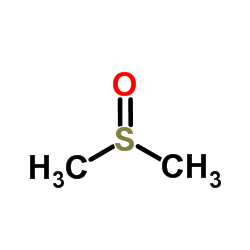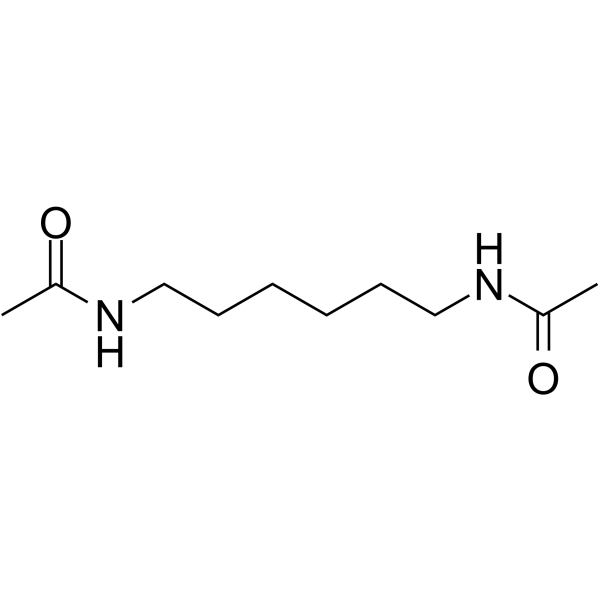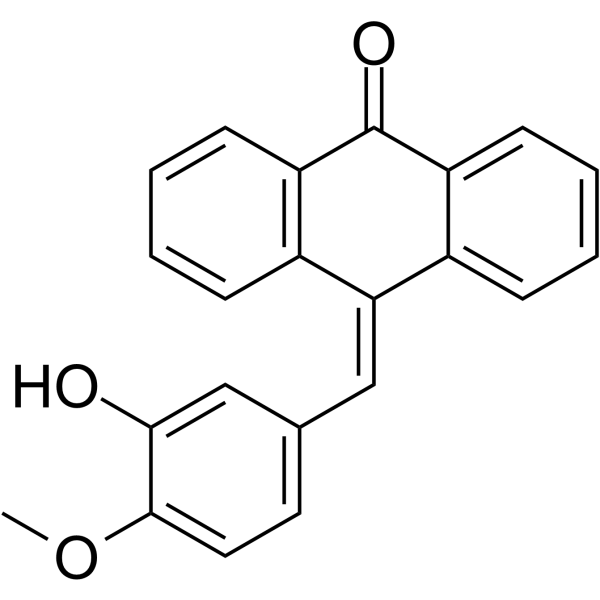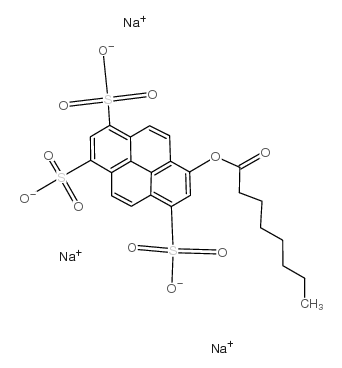| Structure | Name/CAS No. | Articles |
|---|---|---|
 |
Dimethyl sulfoxide
CAS:67-68-5 |
|
 |
4-(4-aminophenyl)aniline
CAS:92-87-5 |
|
 |
Hexamethylene bisacetamide
CAS:3073-59-4 |
|
 |
tubulin polymerization inhibitor
CAS:564468-51-5 |
|
 |
8-Octanoyloxypyrene-1,3,6-trisulfonic acid trisodium salt
CAS:115787-84-3 |